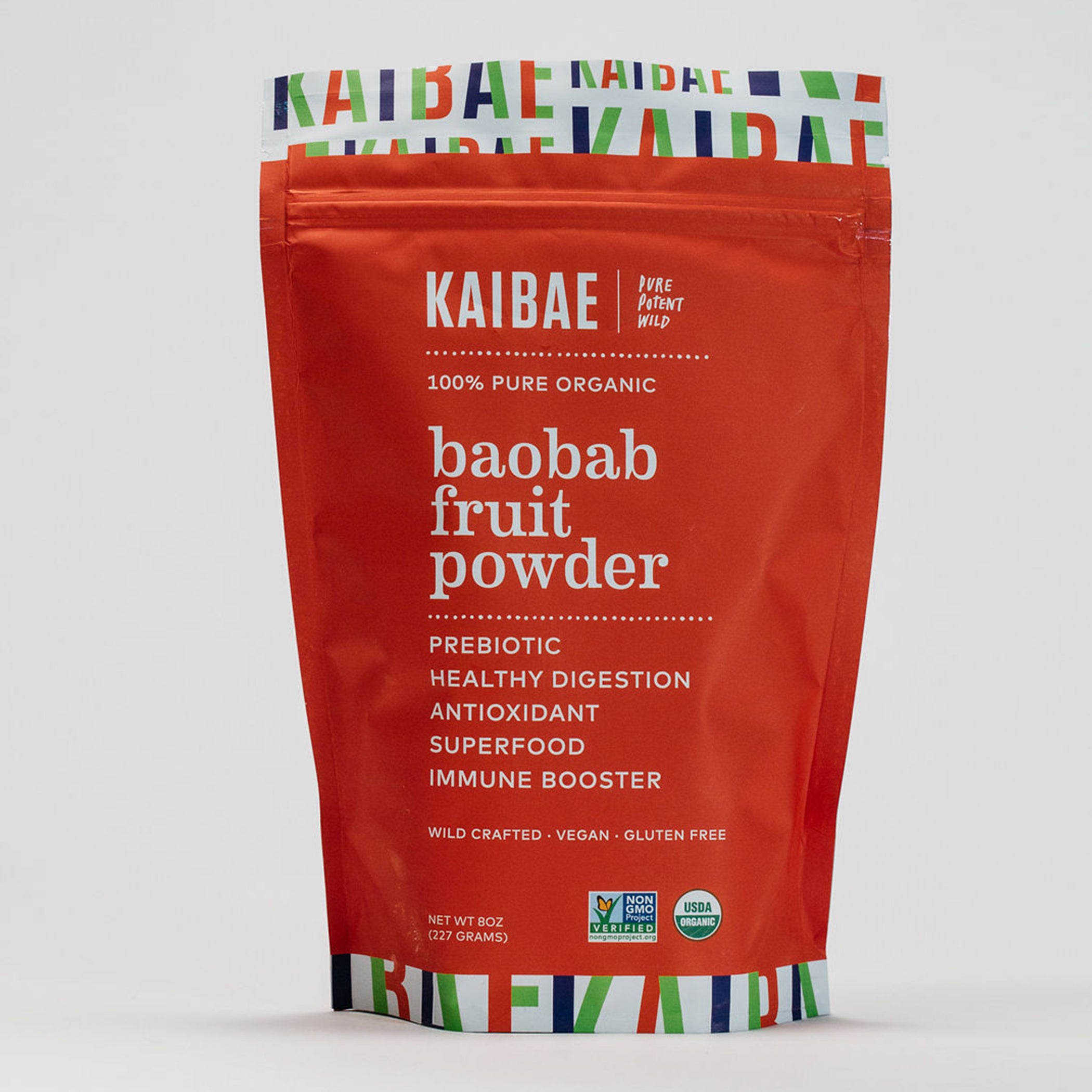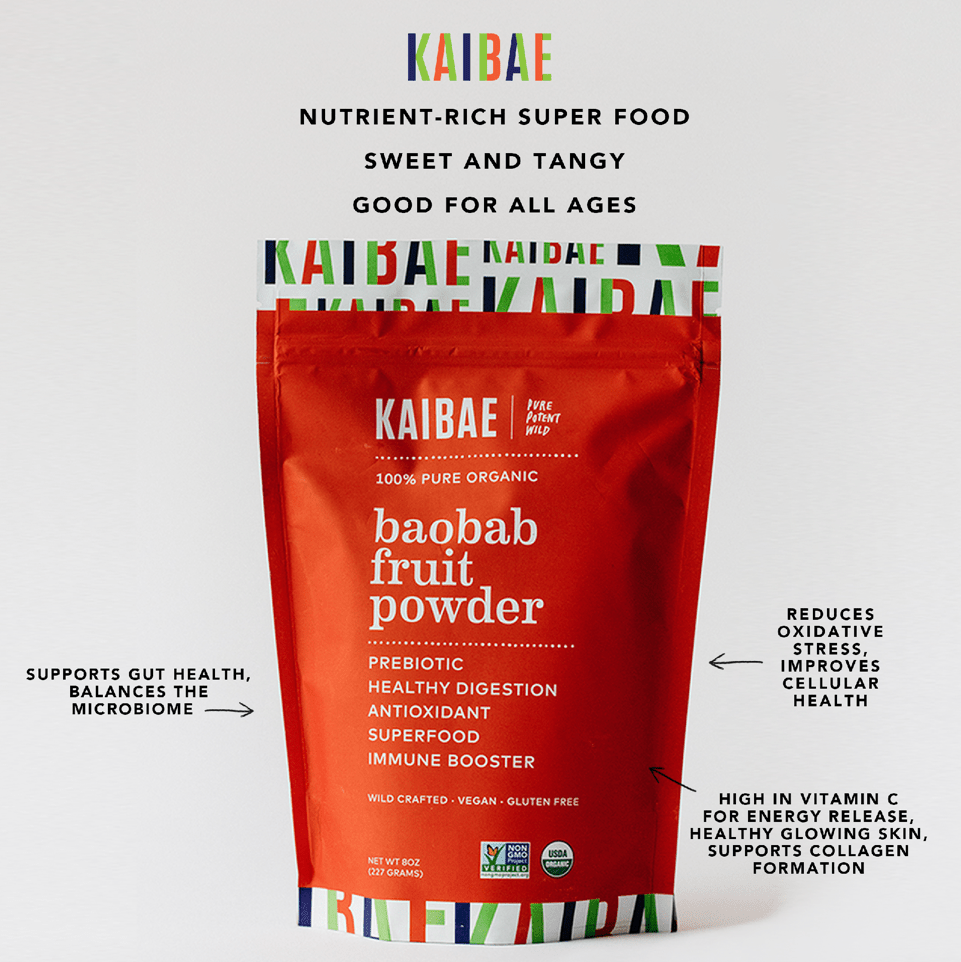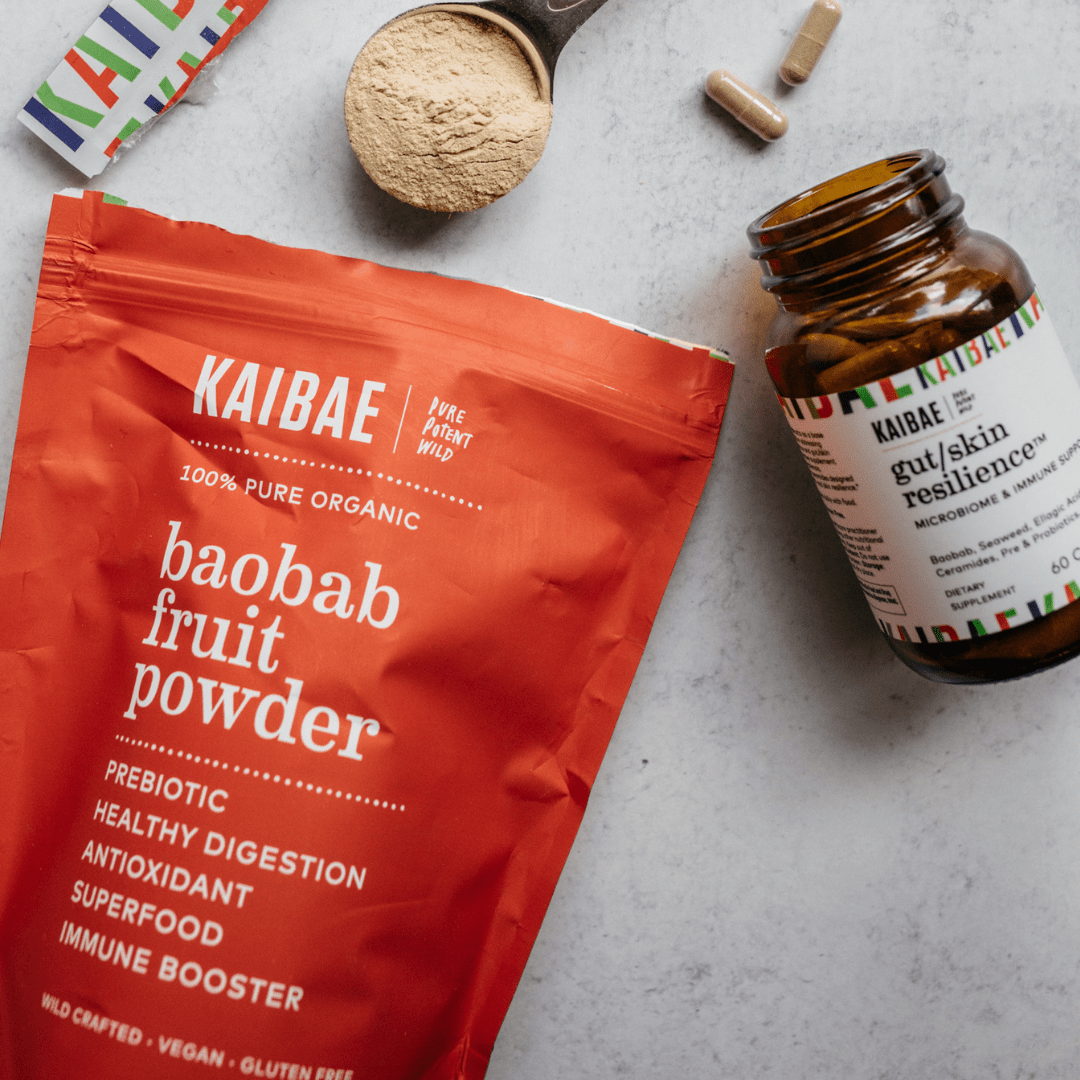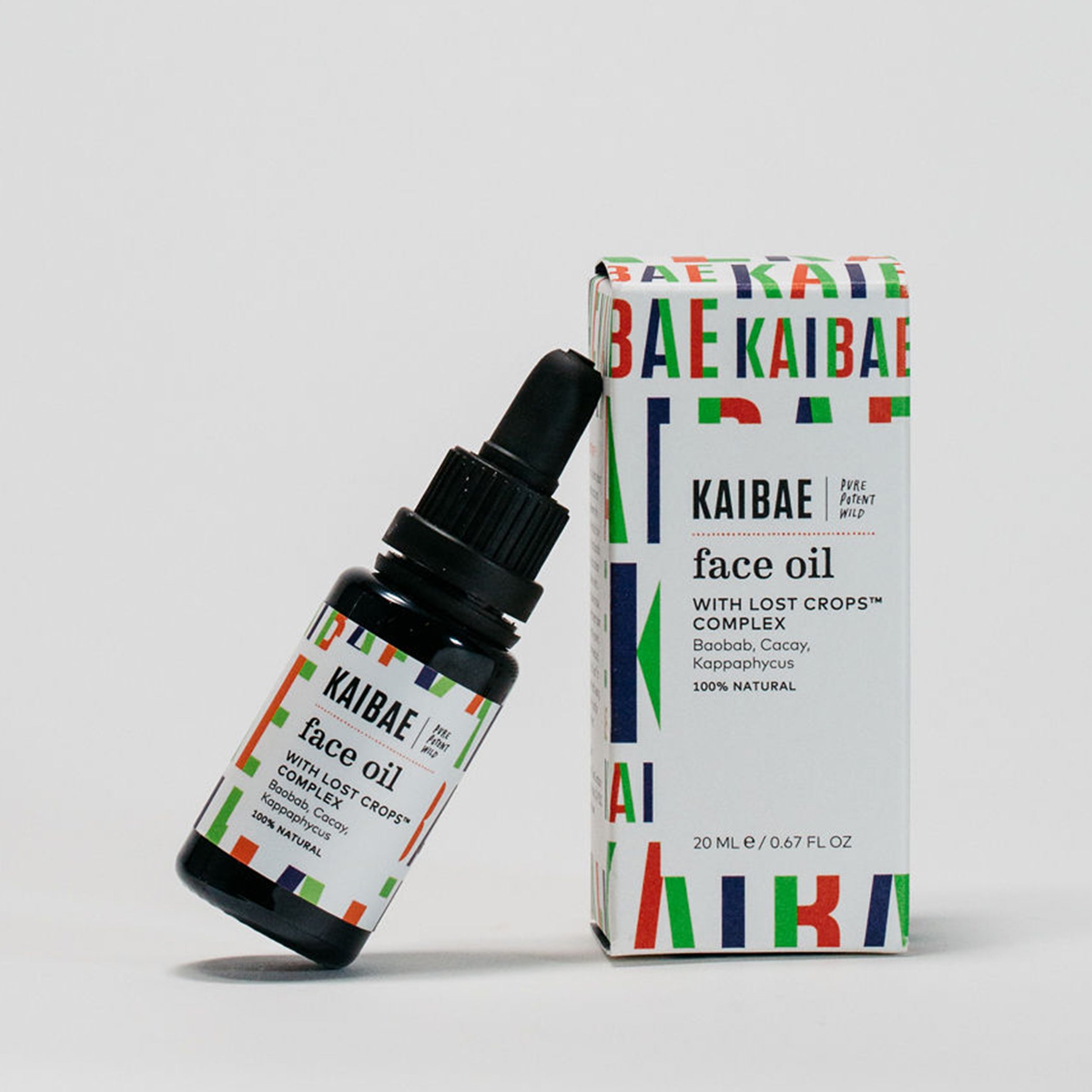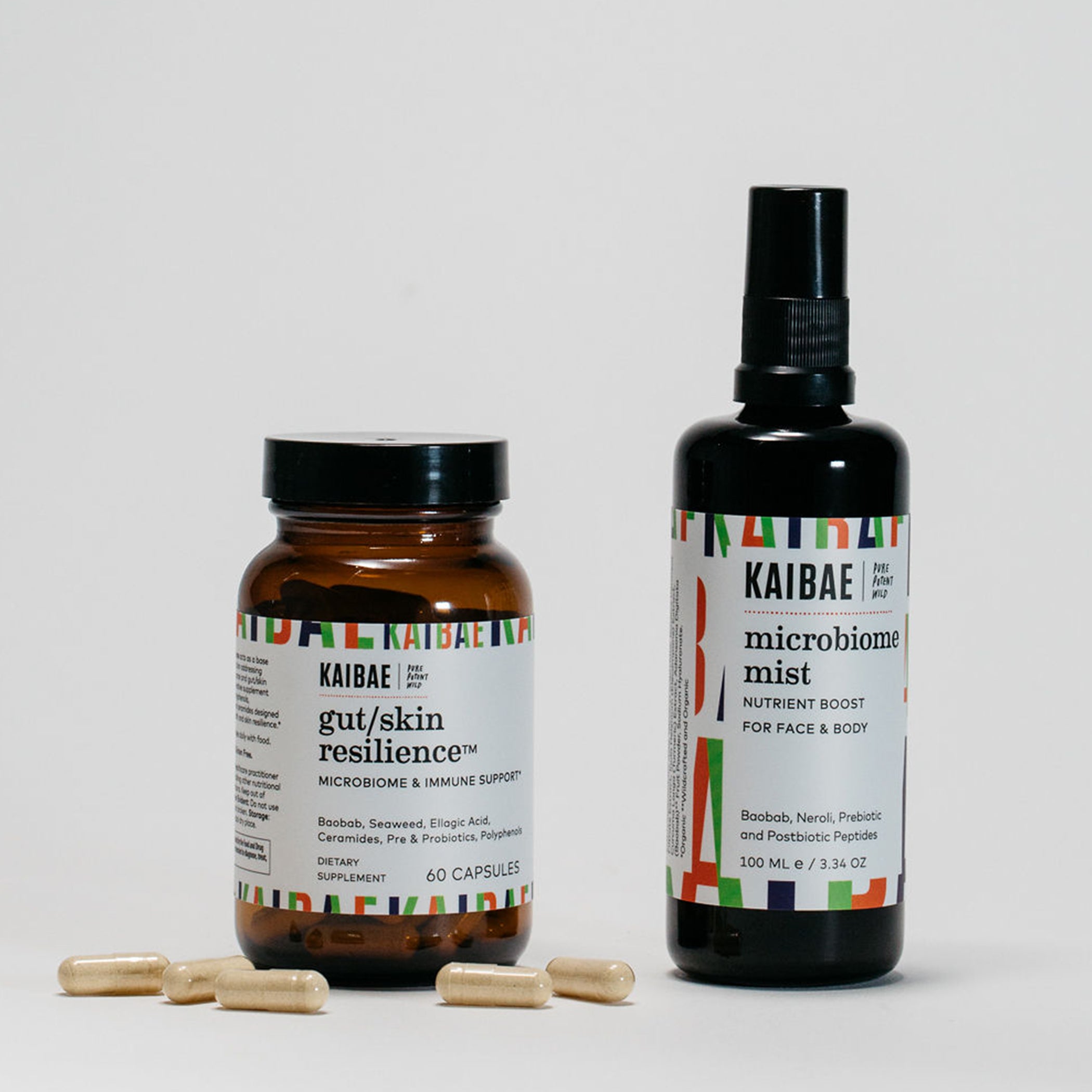Baobab, A Natural Way to Boost GLP-1 and Your Metabolic Health

Are you looking for a natural way to supercharge your health and weight loss journey? Look no further than Baobab Powder! This powerhouse ingredient is not only delicious but also packed with incredible benefits that can transform your metabolic health.
Baobab powder, derived from the pulp of the Adansonia digitata fruit, is emerging as the superfood with profound implications for metabolic health. Abundant in prebiotic fiber, polyphenols, and essential micronutrients, baobab powder is gaining scientific and clinical attention for its potential to modulate key gut-derived hormones—particularly GLP-1 (glucagon-like peptide-1).
GLP-1 plays a central role in appetite regulation, insulin secretion, blood sugar control, and even weight loss. Baobab powder isn't just an interesting name; it's a significant benefit for your body, especially if you aim to lose weight and enhance your overall well-being.
What is GLP-1 and Why Does It Matter?
GLP-1 is an incretin hormone secreted by the L-cells of the distal small intestine and colon in response to nutrient intake, especially carbohydrates and fats. It enhances glucose-dependent insulin secretion, slows gastric emptying, reduces appetite, and improves satiety—all of which contribute to glycemic control and weight management.
Synthetic GLP-1 receptor agonists like semaglutide (Ozempic, Wegovy) have become popular treatments for type 2 diabetes and obesity. However, the search for natural GLP-1 boosters is growing among those looking for sustainable and food-based approaches to metabolic health. This is where baobab powder enters the picture.
Baobab’s Unique Composition and Gut-Hormone Modulation
Baobab stands out with its incredibly high fiber, polyphenols, and high vitamin C content — not all fiber is created equal.
1. High Prebiotic Fiber Content
Baobab powder stands out with an high fiber content, composed of 50–60% dietary fiber, much of which is soluble prebiotic fiber.
This fiber:
-
Feeds beneficial gut microbes such as Bifidobacteria and Akkermansia muciniphila.
-
Increases production of short-chain fatty acids (SCFAs) like butyrate and propionate.
-
SCFAs are known to stimulate L-cells to secrete GLP-1 via G-protein-coupled receptors (GPCRs), particularly GPR41 and GPR43.
Studies have shown that SCFAs activate signaling pathways in the gut epithelium that enhance GLP-1 release, reduce inflammation, and improve insulin sensitivity.
Key Mechanism: Baobab's fiber ➝ enhanced microbial fermentation ➝ ↑ SCFAs ➝ L-cell stimulation ➝ ↑ GLP-1 secretion
2. Polyphenol-Rich Matrix
Baobab pulp contains high levels of polyphenols, including proanthocyanidins, flavonols, and hydroxycinnamic acids. These bioactive compounds contribute to GLP-1 production in several ways:
- Polyphenols modulate gut microbial composition, enhancing the abundance of SCFA-producing species.
-
Some polyphenols can directly stimulate GLP-1 secretion from enteroendocrine cells.
-
They reduce gut inflammation and oxidative stress, preserving the functionality of L-cells.
A 2022 study published in Nutrients reported that certain polyphenol-rich plant extracts directly up-regulated GLP-1 in vitro and in vivo. Baobab, with its complex antioxidant profile, likely works synergistically through these mechanisms.[3]
Key Mechanism: Polyphenols ➝ improved microbial diversity + direct L-cell stimulation ➝ ↑ GLP-1
3. Baobab’s Impact on Blood Sugar and Satiety
Several human studies have demonstrated baobab’s beneficial effect on postprandial glycemia and satiety, both of which are mediated by GLP-1:
-
A study in Nutrition Research (Coe et al., 2013) found that adding baobab extract to carbohydrate-rich meals reduced blood glucose response in healthy participants.
-
Participants reported increased satiety and reduced hunger—suggesting enhanced GLP-1 signaling.
Because GLP-1 slows gastric emptying, individuals feel full longer after consuming meals containing baobab. This supports its use in intermittent fasting, weight loss, and appetite control strategies.
Microbiome-Mediated GLP-1 Enhancement
Baobab powder functions as a microbiome-targeted food. The gut microbiota plays a crucial role in GLP-1 modulation through:
-
Fermentation of fiber into SCFAs
-
Regulation of bile acids, which in turn activate TGR5 receptors on L-cells, another GLP-1 secretory pathway
-
Promotion of Akkermansia muciniphila, a keystone species associated with mucosal health and metabolic balance
Baobab functions as a prebiotic symphony conductor, enriching the gut ecosystem to support GLP-1 activity from multiple directions!
How to Use Baobab Powder to Boost GLP-1
To harness baobab’s GLP-1-boosting power, consider the following guidelines:
✅ Timing Matters
Consume baobab powder before or with meals to slow glucose absorption and promote satiety. This aligns with the natural incretin response to food intake.
✅ Dose Recommendation
Clinical studies suggest effective doses range from 5–15 grams per serving, or about 1–2 tablespoons of baobab powder daily.
✅ Pair with Resistant Starch and Healthy Fats
Combining baobab with other GLP-1-promoting foods like green bananas (resistant starch) or avocado (healthy fats) may amplify the effect.
✅ Great in Fasting Protocols
Baobab can be used to ease hunger during intermittent fasting, support blood sugar regulation, and enhance fat adaptation—all through GLP-1 support.
 Baobab vs. Pharmaceutical GLP-1 Agonists
Baobab vs. Pharmaceutical GLP-1 Agonists
While synthetic GLP-1 receptor agonists like semaglutides are effective, they come with side effects (e.g., nausea, pancreatitis risk, and cost). Baobab offers a gentler, holistic, and food-based alternative that also supports the microbiome, immune system, and cardiovascular health.
Moreover, Baobab’s fiber and antioxidant synergy means it doesn't just stimulate GLP-1—it also contributes to overall gut healing and metabolic resilience.
15 Amazing Benefits of Baobab Fruit Powder You'll Love
What makes KAIBAE Baobab stand out?
KAIBAE Baobab Powder stands out as a better choice due to a combination of quality, sourcing ethics, nutrient density, and scientific integrity.
🌿 1. Wild-Harvested from Pristine Ecosystems
KAIBAE sources its baobab powder from wild baobab trees in Northern Ghana, growing in untouched, nutrient-rich soils. This ensures:
-
Higher mineral content (calcium, magnesium, potassium).
-
Naturally resilient bioactive compounds (polyphenols, vitamin C).
-
No pesticides or synthetic inputs—just pure, sun-dried fruit pulp.
🔬 2. Superior Prebiotic & Polyphenol Profile
KAIBAE Baobab is lab-tested for:
-
High soluble and insoluble prebiotic fiber to feed beneficial gut bacteria like Akkermansia.
-
Elevated levels of polyphenols and antioxidants, supporting inflammation reduction, blood sugar regulation, and metabolic health.
-
Clinically-relevant vitamin C levels—7–10x more than oranges per gram.
💚 3. Social Impact & Regenerative Harvesting
-
KAIBAE partners with local communities, offering fair wages and capacity-building.
-
Regenerative harvesting practices protect baobab trees and biodiversity.
-
Ethical supply chain supports sustainable development and land stewardship.
🧪 4. Rigorous Testing & Clean Label
-
Every batch is tested for microbial safety, heavy metals, and nutrient content.
-
Certified Non-GMO, raw, vegan, gluten-free.
-
No fillers, sweeteners, or processing—just pure baobab pulp powder.
💡 5. Backed by Science & Functional Benefits
KAIBAE’s founders, a doctor and ethnobotanist, offer profound insight into Gut health, Immune function, and Natural GLP-1 support for metabolic and weight health.
Conclusion: Unleash Your Gut's Own Metabolic Power with Baobab
A simple spoonful daily of Baobab fruit powder can tap into your gut’s inherent metabolic intelligence, fostering improved health and balance from within, potentially mirroring some benefits of GLP-1 medications without their associated drawbacks.
Baobab powder stands out not just as a popular superfood, but as a scientifically supported metabolic ally that naturally boosts GLP-1 production! Integrating Baobab into your daily routine offers a powerful and natural approach to supporting healthy blood sugar, weight management, and appetite control.
Coe SA, Clegg M, Armengol M, Ryan L. The polyphenol-rich baobab fruit (Adansonia digitata L.) reduces starch digestion and glycemic response in humans. Nutr.Res. 2013 Nov;33(11):888-96. doi: 10.1016/j.nutres.2013.08.002. E pub 2013 Sep 9. PMID: 24176228.
Rita K, Bernardo MA, Silva ML, Brito J, Mesquita MF, Pintão AM, Moncada M. Adansonia digitata L. (Baobab Fruit) Effect on Postprandial Glycemia in Healthy Adults: A Randomized Controlled Trial. Nutrients. 2022; 14(2):398. https://doi.org/10.3390/nu14020398
Domínguez Avila JA, Rodrigo García J, González Aguilar GA, de la Rosa LA. The Antidiabetic Mechanisms of Polyphenols Related to Increased Glucagon-Like Peptide-1 (GLP1) and Insulin Signaling. Molecules. 2017 May 30;22(6):903. doi: 10.3390/molecules22060903. PMID: 28556815; PMCID: PMC6152752.







